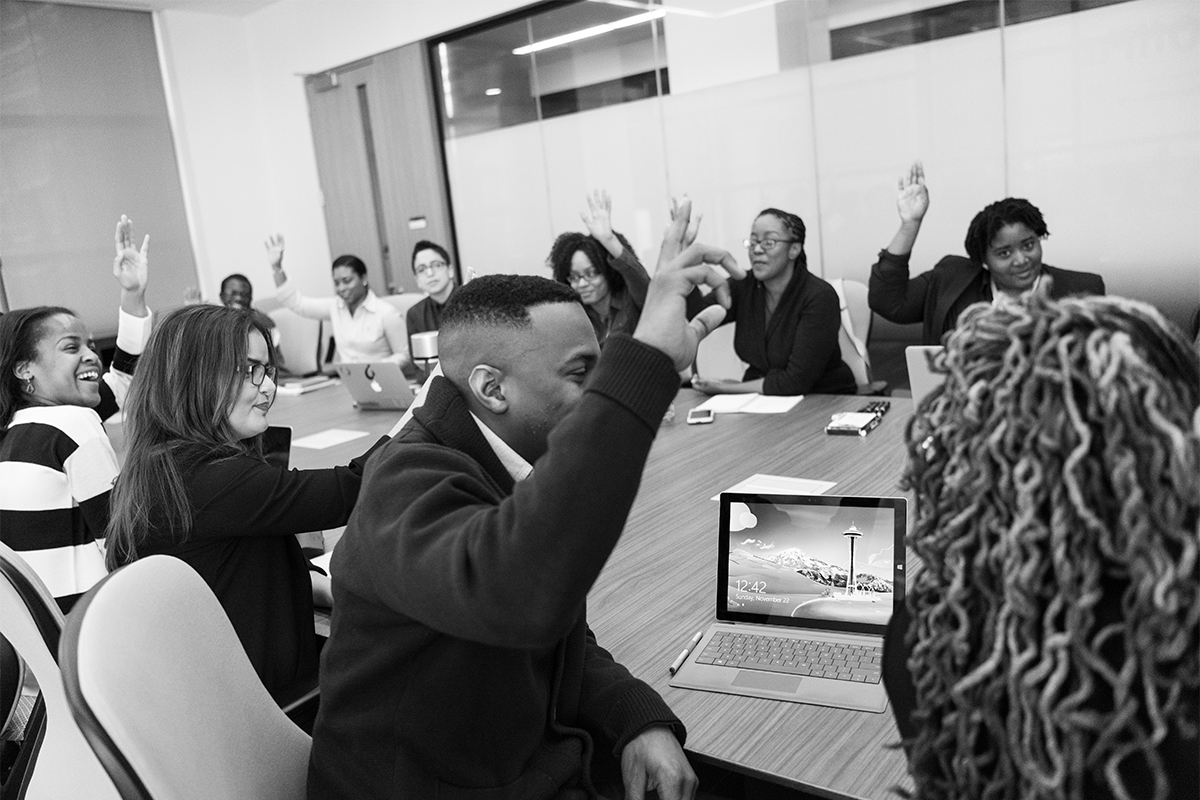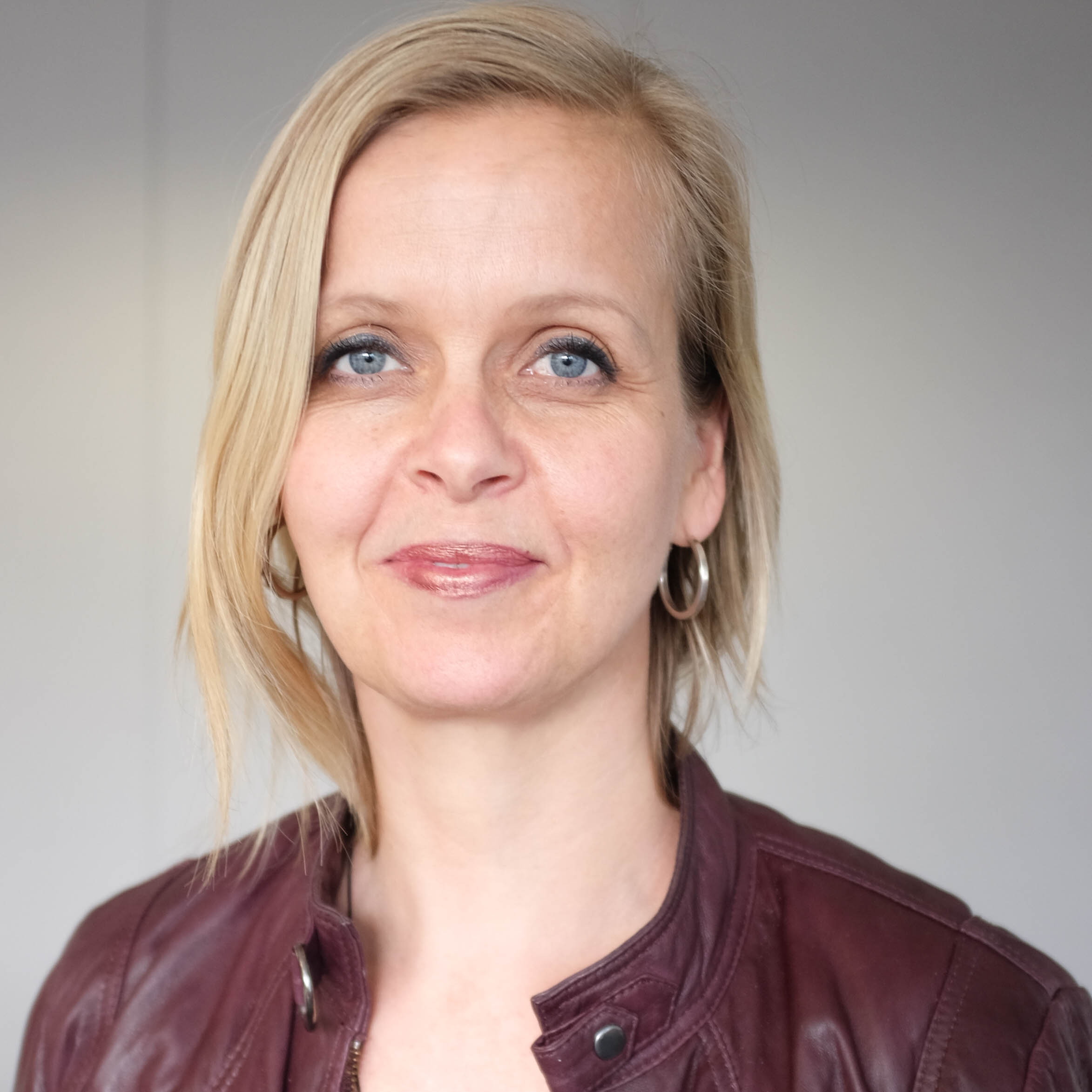Recently, I met up with a senior leader whom I admire because of the way he practises mindfulness in his leading. The focus of our conversation was being authentic and mindful in our leadership.
We agreed that a good definition of mindfulness is about being awake to and aware of what is happening to ourselves and other people in the different situations we experience.
I thought the story that Tony shared with me was an excellent example of being in the moment and truly attuned to people he led. In other words, he was demonstrating mindfulness.
In the case at hand, a situation between a couple of his employees had become very heated. In an already difficult relationship, the wider work atmosphere was at risk of being spoilt.
Tony admitted to me that he felt uncertain and out of his comfort zone, but knew he had to help the situation resolve.
He took a deep breath and let the discussion unfold naturally, trusting his intuition to do and say what came to him. He deliberately did not try to enforce a solution or take “leadership.” He told me he was amazed that by being awake and aware to the two staff members it allowed the situation to unfold naturally.
…all of a sudden, everyone is playing in the sandpit nicely together, they are trying to find a way to get it to work. And they actually are communicating with each other in a way that I didn’t even think was possible. And then I start seeing amazing knowledge coming out of the both of them, but then something else amazing starts happening, they actually start acknowledging each other for it. It’s like, “God, was this just the two guys that actually were at the table before, they were just about ready to reach over and strangle each other and couldn’t stand each other? – Tony
Instead of seeking to be a hero and “fix the blame and then the problem”, Tony set out instead to facilitate a space where his two staff could find a resolution in their way and see the possibilities unfold between them.
So, instead of potentially fueling the issue, Tony stayed calm and reflective. He felt nervous, but he was amazed by the power of being authentic and in trusting himself, that possibilities would emerge that he had not considered.
He believed that a solution would present itself, which is precisely what did happen.
Being in the moment; seeing possibilities
Martin Heidegger (1927/62), a German philosopher, refers to possibilities as part of being-a-whole, which means to live for what imparts meaning and allows people to realise the potential in their living.
Heidegger argues that even when emotions produce a sense of hopelessness because of concerns about what other people think, it is possible to find a meaningful existence by being-towards-the-possibilities. Authentic existence is all about possibilities and choice, and according to Heidegger, being open to possibilities is a matter of self-appreciation. Krishnamurti (1991) explains that to see the possibilities of existence, people need “…honesty of thinking, clarity, the desire to be open, to invite what is without fear and suffering” (p. 235).
Tony leads in a way where he sees that there are possibilities inherent in his interactions with the world and that he need not be confined by pre-conceived ideas or the opinions of others.
Some people are so strongly influenced by others that they may conclude that their own opinions are wrong, and should be changed to suit their ‘audience,’ which leads to a second-hand life. Living through others’ opinions can be, perhaps, an attractive option for people in leadership positions, because they may hope to ‘please the people’ and be popular rather than respected.
An authentic leader such as Tony, however, shows an urge to do the right thing for others, rather than the easy thing. Allowing solutions to cohere out of a mass of unformed possibilities takes courage, which Tony showed when he trusted his intuition by letting his staff find their solutions.
Mindfulness leads to authenticity
I believe the story above demonstrates the benefits of having the courage to be an authentic leader.
This courage is essential not only for the personal experience of leaders, but also for the people who report to them. By letting go of pleasing and wanting attention, leaders open up to the possibilities that surround them and are naturally within reach.
I currently have the great privilege of working with a manager who enables a space for me to be myself, and I feel genuinely trusted. This space is a very powerful place where I can create and explore, come up with new ideas, and contribute to a culture that enables possibilities to come into fruition.
You may have noticed that I have used the word mindfulness and referred to Tony as a mindful leader, and you may wonder how this relates to authentic leaders.
I believe mindfulness is a natural space for an authentic leader, as it helps in becoming more awake and aware of your practice as a leader. Mindfulness helps develop self-awareness and more self-trust as a leader and allows leaders to follow a natural path rather than what others say.
If you find ways to be mindful in your leadership, you will, automatically, become that authentic leader who can influence situations to change favourably when staff are “…playing in the sandpit ‘nicely’ together.”
Guest thought leadership from Auckland University of Technology Head of Faculty Culture and Effectiveness, Dr Therese Walkinshaw.
If you have any questions or would like to learn more about what it means to be a mindful and authentic leader, please email me on therese.walkinshaw@aut.ac.nz, and I would be happy to discuss and explore the possibilities with you.
References:
Heidegger, M. (1927/62). Being and Time. (J. Macquarrie, & E. Robinson, Trans.) New York: Harperperennial.
Krishnamurti, J. (1991). Volume V Choiceless Awareness. Delhi: Motilal Banarsidass Publisher.
My career spans 20 years in a diverse range of human resources and organisational development roles in both Norway and New Zealand. I have worked in the manufacturing, service and educational sector.
I’m currently working in the tertiary sector with 11 years at Auckland University of Technology (AUT). Here, I’m Head of Faculty Culture and Effectiveness, where I’m responsible for the facilitation and forming of a new culture in the Faculty of Design and Creative Technologies (460 staff across four schools).
I’m also a member of the senior executive team in the faculty and work closely with the Dean and the senior faculty executive team. My portfolio oversees several development frameworks, staff wellbeing strategies and internal communication strategies.
I also have the privilege of chairing the art on campus university advisory group and overseeing the St Paul Gallery.
My PhD focuses on mindfulness and leaders. The thesis writing was a five years project and I gained a deep understanding of leaders and the impact of mindfulness, which has led to my true passion for the topic. I am currently writing a book that I hope I will finish in 2020.
I know firsthand the importance of, and the great benefits of mindfulness, and I believe that this lead to a more natural way of leading and living.

